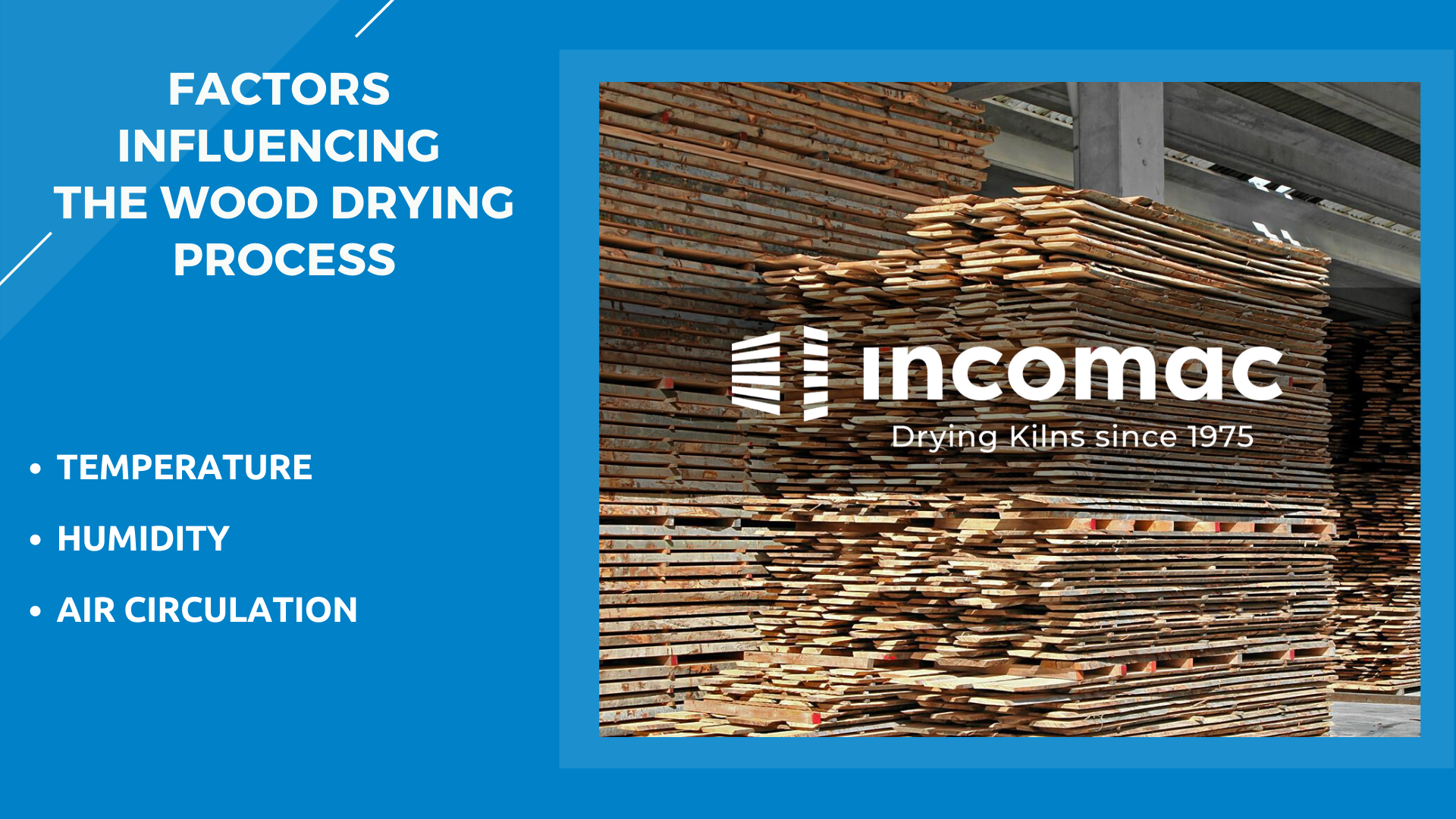
Water is one of the main factors influencing the mechanical and physical characteristics of wood.
When the tree is felled it can contain, depending on the woody species and the growing environment, from 50% to 300% of humidity.
This quantity of water, part is contained in the cellular lights, part is tied to the cellular walls.
After felling, the water contained in the cellular lights is the first to come out, causing weight loss, but no decrease in volume.
Only when the wood reaches humidity values of around 30%, does the water connected to the cell walls begin to spill.
This threshold called the “saturation point of the cellular walls”, is of essential importance, as any further loss of moisture leads to a decrease in volume resulting in the phenomenon called withdrawal.
Even after a long period of natural ripening or drying cycle, the wood will always contain a percentage of water in dynamic equilibrium with the thermo hygrometric with the conditions of the surrounding environment.
The drying of the wood increases its stability and facilitates its processing, avoiding the risk of cracking, alterations and fungal attacks, and at the same time eliminates any fungi and insects present.
This aspect is not to be underestimated because if the wood is not well dried it is likely to be compromised in an important way, so that it cannot be suitable for processing.
Which are the factors that influence the wood drying process?
- Temperature: higher is the air temperature, the faster the humidity comes out of the wood surface
- Humidity: by controlling the relative humidity of the air and the humidity of the wood it is possible to achieve a perfect drying of the wood.
- Air circulation: is necessary to transport heat to the wood and remove moisture from its surface.
By checking these factors it is possible to control the drying process and to avoid or reduce defects.
Ask to our experts for advice click here
